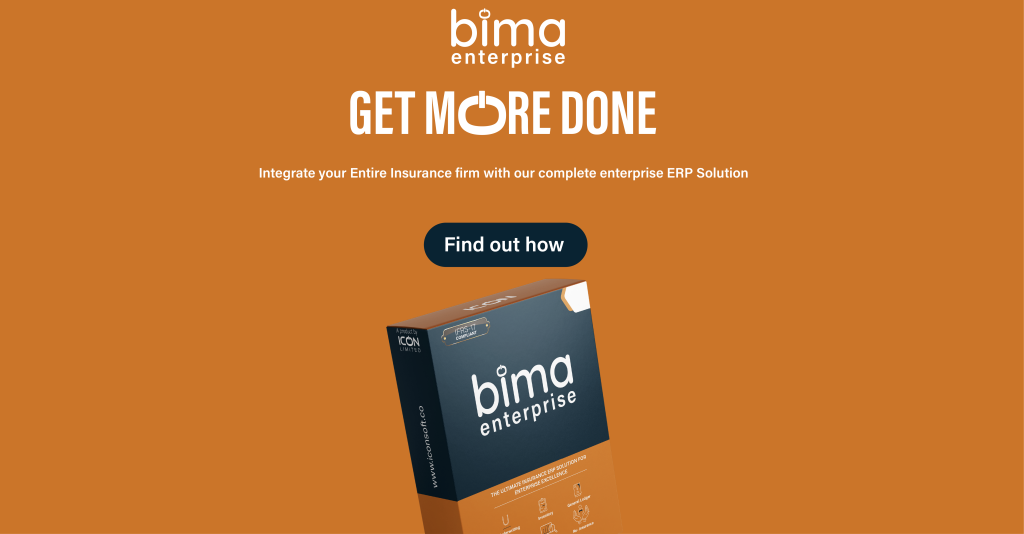Treaty reinsurance is insurance purchased by an insurance company from another insurer. The company that issues the insurance is called the cedent, who passes on all the risks of a specific class of policies to the purchasing company, which is the reinsurer.
Treaty reinsurance is one of the three main types of reinsurance contracts. The two others are facultative reinsurance and excess of loss reinsurance.
iNVESTOPEDIA.COM
In the complex world of reinsurance, treaty setups play a crucial role in defining the relationship between insurers and reinsurers. These setups establish the terms under which risk is ceded, premiums are shared, and claims are handled. As insurance companies strive to streamline their operations and improve efficiency, integrating an ERP (Enterprise Resource Planning) solution can significantly enhance the management of treaty setups. This article explores the intricacies of treaty setups in reinsurance and how ERP solutions can optimize these processes.
Understanding Treaty Setups in Reinsurance
Treaty reinsurance involves an agreement between the primary insurer (cedant) and the reinsurer, under which the reinsurer agrees to cover a portfolio of policies. Unlike facultative reinsurance, which is negotiated on a case-by-case basis, treaty reinsurance covers a range of policies under a single contract. There are several types of treaty reinsurance setups, each serving different purposes:
- Proportional Treaty Reinsurance:
- Quota Share Treaty: The insurer and reinsurer share premiums and losses in a fixed proportion.
- Surplus Share Treaty: The reinsurer covers losses above a certain retention limit.
- Non-Proportional Treaty Reinsurance:
- Excess of Loss Treaty: The reinsurer covers losses exceeding a specified amount.
- Stop-Loss Treaty: The reinsurer covers aggregate losses exceeding a certain threshold.
Each type of treaty setup requires meticulous management of data, calculations, and documentation, making it essential to have a robust system in place.
The Role of ERP Solutions in Treaty Setup Management
An ERP solution can revolutionize the way insurance companies manage treaty setups in reinsurance. Here are some key benefits of integrating an ERP system into the treaty reinsurance process:
- Centralized Data Management:
- ERP systems provide a centralized platform for storing and managing all treaty-related data. This ensures that all stakeholders have access to up-to-date and accurate information, reducing the risk of errors and discrepancies.
- Automated Calculations:
- Treaty setups involve complex calculations for premium sharing, loss allocation, and retention limits. An ERP system can automate these calculations, ensuring accuracy and saving valuable time for underwriters and actuaries.
- Streamlined Documentation:
- Managing treaty documentation, including contracts, endorsements, and amendments, can be cumbersome. An ERP system enables seamless document management, making it easy to retrieve and update treaty documents as needed.
- Enhanced Reporting and Analytics:
- With an ERP solution, insurance companies can generate comprehensive reports and perform advanced analytics on treaty performance. This helps in assessing the profitability of treaties and making informed decisions about future reinsurance arrangements.

- Improved Compliance and Risk Management:
- ERP systems facilitate better compliance with regulatory requirements by maintaining detailed records of treaty transactions. They also help in identifying and managing risks associated with reinsurance, ensuring that the company’s risk exposure is within acceptable limits.
- Integration with Other Systems:
- ERP solutions can be integrated with other enterprise systems, such as CRM and claims management systems. This integration ensures a seamless flow of information across different departments, enhancing overall operational efficiency.
Case Study: Successful ERP Integration in Treaty Reinsurance
Consider the case of ABC Insurance, a mid-sized insurer in Africa, which faced challenges in managing its treaty reinsurance arrangements. The company struggled with data inconsistencies, manual calculations, and compliance issues. By integrating an ERP solution tailored to the insurance industry, ABC Insurance achieved the following:
- Reduced Operational Costs: Automation of calculations and data management led to significant cost savings.
- Enhanced Accuracy: The centralized platform ensured accurate data and minimized errors.
- Better Decision-Making: Advanced analytics provided insights into treaty performance, aiding strategic decision-making.
- Regulatory Compliance: Improved documentation and record-keeping ensured compliance with regulatory standards.
Conclusion
In the dynamic landscape of reinsurance, efficient management of treaty setups is essential for insurers to mitigate risks and optimize profitability. ERP solutions offer a comprehensive approach to managing these complex arrangements, providing centralized data management, automated calculations, streamlined documentation, enhanced reporting, and improved compliance. By leveraging ERP technology, insurance companies can transform their treaty reinsurance processes, ensuring greater efficiency, accuracy, and strategic advantage in the competitive insurance market.
For insurers looking to enhance their treaty reinsurance management, investing in a the right robust ERP solution is a strategic move towards achieving operational excellence and sustained growth.
